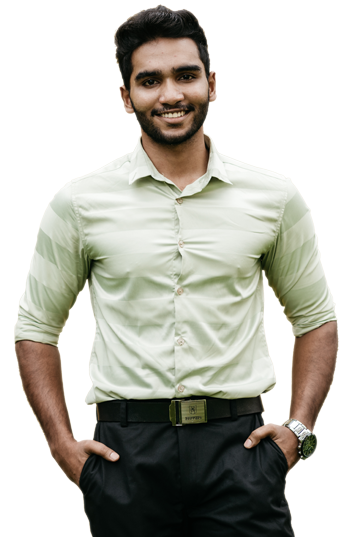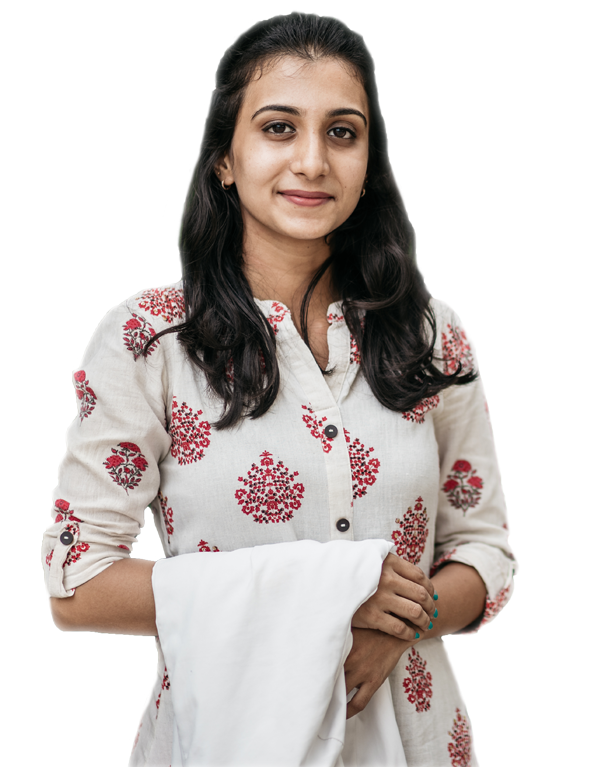
Eligibility
Pass in MBBS from a recognized medical college with permanent registration of any State Medical Council. Candidate should be NEET-PG qualified.
Admission to both General and NRI category seats in MD/MS is based on inter-se merit in NEET-PG.
Admission Procedure
In addition to the basic eligibility criteria mentioned above, students seeking admission to MD/MS program will be required to qualify in the National Eligibility cum Entrance Test, NEET-PG which will be conducted by the National Board of Examinations (NBE) generally in January each year. The responsibility of NBE is limited to the conduct of NEET-PG, declaration of the result and providing the result to MCC, DGHS, MoHFW for onward transmission to State Counselling Authorities. NBE has no role in counselling and allotment of seats.
Application form for NEET-PG can be submitted online through the website www.nbe.edu.in on notification. Students are advised to carefully read the Information Bulletin and keep the correct details ready, before submission of the form. Kindly visit www.mcc.nic.in after announcement of the NEET-PG results to know the procedure of counselling in Deemed/Central Universities.
The fee structure of MD/MS is made available on our website www.nitte.edu.in
Documents required for admission to MD/MS (Original + 3 attested copies)
- Admit card issued by NBE
- Result/rank letter issued by NBE
- NEET-PG allotment letter & score card
- SSLC or equivalent marks card or birth certificate
- MBBS degree marks cards of all years
- Internship completion certificate
- Provisional/MBBS degree certificate
- Medical Council Registration certificate
- Karnataka Medical Council Registration certificate (compulsory for all students)
- MCI recognition of MBBS degree
- Transfer certificate
- Conduct certificate
- Migration certificate
- Physically handicapped certificate issued by the authorized medical boards (if applicable)
- Physical fitness & blood group certificate
- PAN card copy of the parent and student
- Aadhaar card copy of the student
- For NRI category admission: NRI status proof (Passport copy, employment certificate, Residence proof, Income tax documents, Sponsorship letter of parent/sponsor)
- Photographs: Recent colour photo with white background, of resolution 300-600 dpi & size 35 mm x 45 mm (P.P size 5 Nos.) & size 20 mm x 25 mm (Stamp size 5 Nos.)
For any information regarding the admissions,mail us at: info@nitte.edu.in

Program Structure
| Paper I | Medical and Clinical Science as applied to Orthopedics |
| Paper II | Musculoskeletal Trauma |
| Paper III | General Orthopaedics, Joint Disorders and Spine |
| Paper IV | Recent Advances and Regional Orthopaedics. |
Other requirements: Dissertation
Program Outcomes
At the end of the program, graduates will be able to...
- PO1: Demonstrate knowledge of basic sciences relevant to orthopaedic practice
- PO2: Describe the principles of musculoskeletal injury, its mechanism and mode, its clinical presentations, approach to investigation and management.
- PO3: Identify and describe the surface anatomy and relationships within of the various bones joints, ligaments, major arteries, veins and nerves of the musculoskeletal system of the spine, upper limb, lower limb and the pelvis, chest, abdomen and head & neck.
- PO4: Define and describe the pathophysiology of circulatory shock
- PO5: Describe the processes of normal and abnormal bone and soft tissue healing
- PO6: Describe the principles of internal and external fixation for stabilization of bone and joint injuries.
- PO7: Describe the mechanism of homeostasis, fibrinolysis and methods to control haemorrhage
- PO8: Describe the pharmacokineties and dynamics of drug metabolism and excretion of analgesics, anti-inflammatory, antibiotics, disease modifying agents and chemotherapeutic agents.
- PO9: Demonstrate competence in basic concepts of research methodology and epidemiology, and the ability to critically analyze relevant published research literature.
- PO10: Describe the clinical presentation, plan and interpret investigations, institute management and prevention of the Nutritional deficiency diseases affecting bone and joints, deposition arthropathies, Endocrine abnormalities of the musculoskeletal system, metabolic abnormalities of the musculoskeletal system, congenital anomalies of the musculoskeletal system and developmental skeletal disorder of the musculoskeletal system.
- PO11: Describe the pathogenesis, clinical features plan and interpret investigations and institute the management in adults and children in tubercular infections of bone and joints (musculoskeletal system), Pyogenic infections of musculoskeletal system, Mycotic infections of musculoskeletal system, Autoimmune disorders of the musculoskeletal system, Rheumatoid arthropathy, Ankylosing spondylitis, seronegative arthropathy, Osteoarthrosis and spondylosis.
- PO12: Describe the pathogenesis, clinical presentation, plan and interpret investigations and institute appropriate treatment in the following conditions: post polio residual paralysis, cerebral palsy, Muscular dystrophies and myopathies, nerve injuries and entrapment neuropathies.
- PO13: Identify situations requiring rehabilitation services and prescribe suitable orthotic and prosthetic appliances and act as a member of the team providing rehabilitation care.
- PO14: Describe principles of diagnostic imaging in orthopaedics like palin x-ray, ultrasonography, computerized axial tomography, magnetic resonance imaging, PET scan, radioisotope bone scan, digital subtraction angiography (DSA), dual energy c-ray absorptiometry and Arthrography.
- PO15: Describe the aetiopathogenesis, clinical presentation, Identification, Plan investigation and institute treatment for oncologic problems of musculoskeletal system both benign and malignancies, primary and secondary.
- PO16: Describe principles of biomaterials and orthopaedic metallurgy
- PO17: Describe the principles of normal and abnormal gait and understand the biomechanical principles of posture and replacement surgeries.


